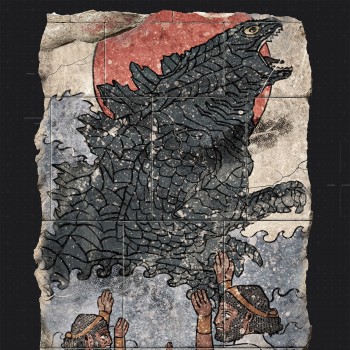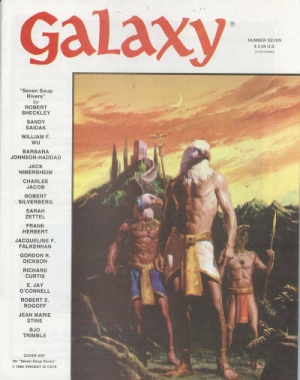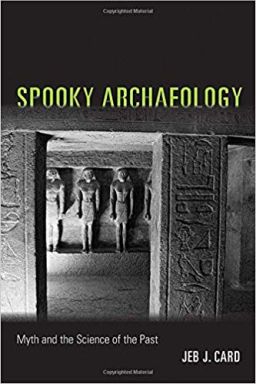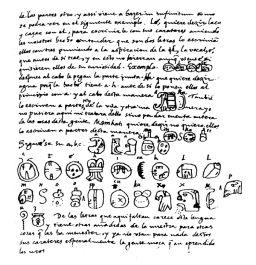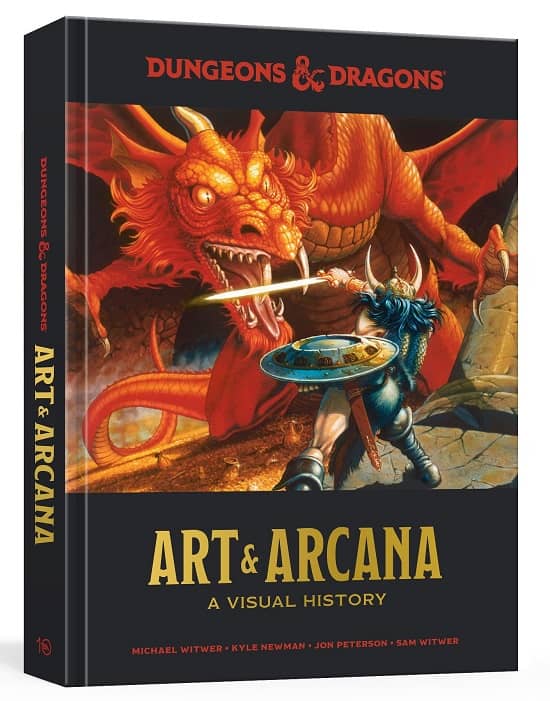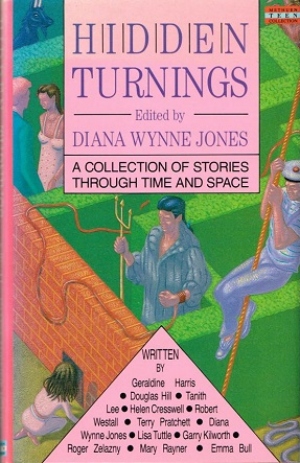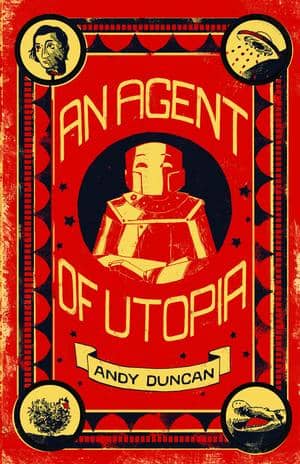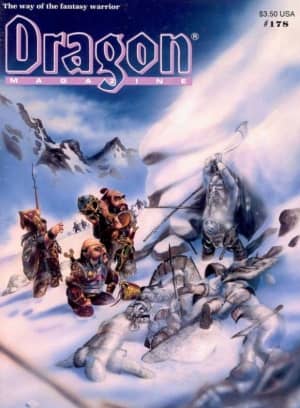Birthday Reviews: John Sladek’s “Stop Evolution in Its Tracks!”
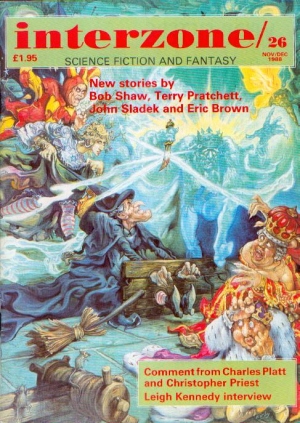
John T. Sladek was born on December 15, 1937 and died on March 10, 2000.
John Sladek won the British SF Association Award in 1984 for his novel Tik-Tok, which was also nominated for the John W. Campbell Memorial Award and the Ditmar Award. His novel Roderick was nominated for the Seiun Award, the Ditmar Award, and the Philip K. Dick Award. His essay “Four Reasons for Reading Thomas M. Disch” was nominated for the William Atheling, Jr. Award for Criticism or Review. Sladek also collaborated with Disch on several short stories. Sladek has also written several parodies of famous science fiction authors using pseudonyms which either replace all the vowels of the parodied author’s names with asterisks or with pseudonyms that are acronyms of the authors’ names (for instance, R*y Br*db*ry or Barry DuBray).
Sladek published “Stop Evolution in Its Tracks!” in issue 24 of Interzone in December, 1988, edited by David Pringle & Simon Ounsley. Pringle, Ounsley, and John Clute selected the story to appear in Interzone: The 4th Anthology the next year and in 1994, David G. Hartwell and Kathryn Cramer included the story in The Ascent of Wonder: The Evolution of Hard SF. The story was also collected in the posthumous Sladek collection Maps: The Uncollected John Sladek, published in 2002.
“Stop Evolution in Its Tracks!” is a satire on the creationist belief, told through the eyes of a science reporter who has been sent to observe and write an article about Professor Abner Z. Gurns, a creationist who claims a background in science and runs a school whose sole mission is to denigrate evolution in favor of creationism. Sladek provides Gurns with all the traditional claims made by creationists in their attempts to refute evolution without offering an overt defense of evolution.
The humor, such as it is, comes from how ridiculous the claims of the creationists are when piled one on top of the other. In order to drive the point home, Sladek offers up even more ridiculous claims when he has exhausted the usual ones. The story takes on a reductio ad absurdum tone which allows the reader to dismiss everything which precedes it. However, because Sladek doesn’t provide a counterargument to the satirical, an understanding of evolution is necessary to fully appreciate the story and see the fallacies for what they are, aside from the lack of logic they present.
